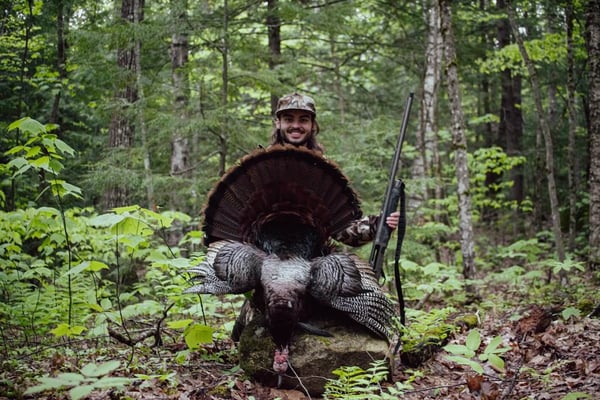- Savage Blog
- From East to West: Getting Started Western Hunting
From East to West: Getting Started Western Hunting
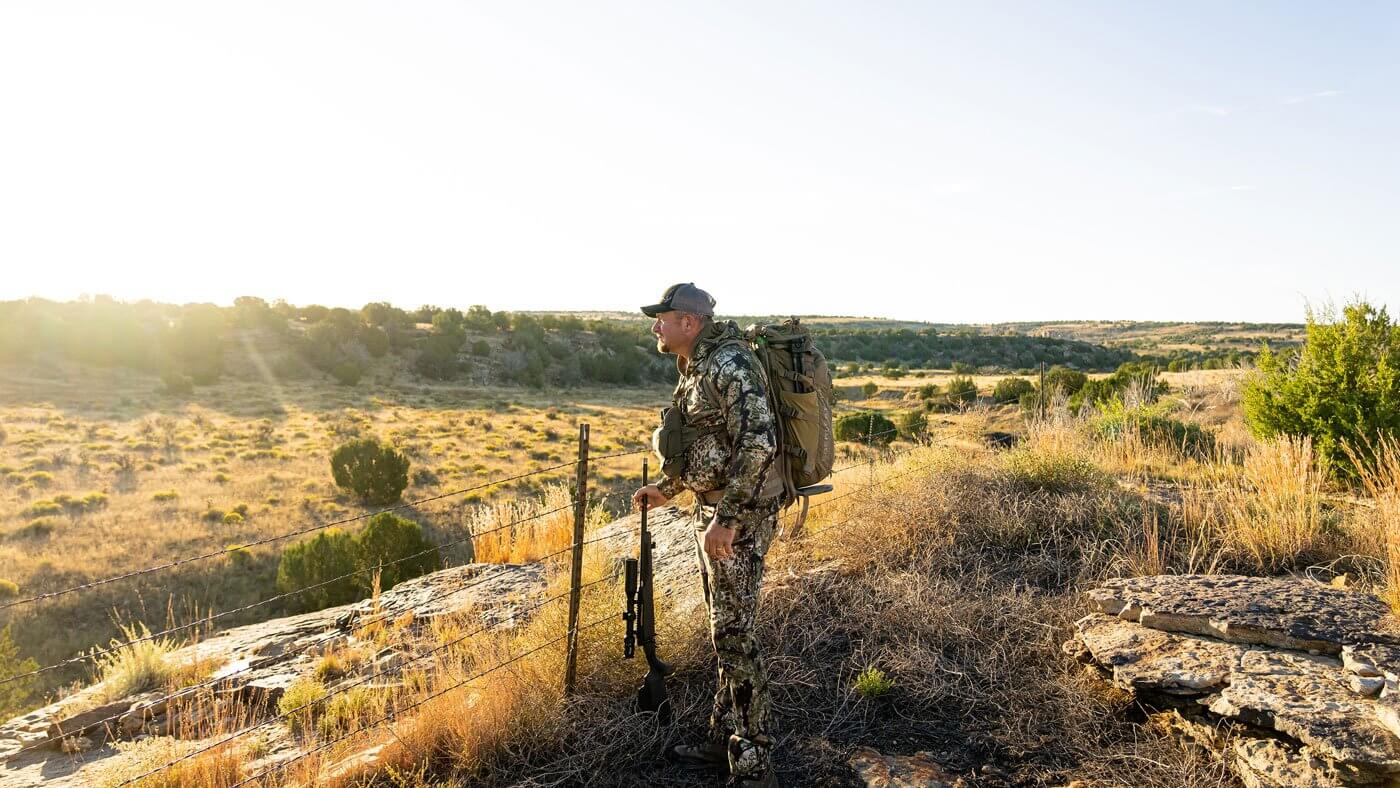
Wes Forbes is a recent Wildlife Management graduate from West Virginia University. In this blog, Wes discusses getting started in western hunting from the perspective of a hunter who has grown up hunting east of the Mississippi.
There is something that draws people to the western United States: wide-open spaces, rugged terrain, and animals that test both your endurance and woodsmanship. For hunters raised on tree stands and whitetail hunting east of the Mississippi, the thought of chasing elk in the Rockies or mule deer in sagebrush is both thrilling and overwhelming.
But the truth is, Western hunting is more accessible than it seems. With the right planning, knowledge of preference point systems, and a willingness to adapt, any dedicated Eastern hunter can start pursuing Western game. This guide walks you through how to get started, from choosing your target species to understanding how draw odds and gear selection matter.
Why Head West?
Western states offer opportunities that are less common in the East:
- Vast public lands with walk-in access.
- Iconic species like elk, mule deer, antelope, and bighorn sheep.
- Spot-and-stalk hunting that challenges your skills in a whole new way.
If you’re a whitetail hunter used to 100-yard rifle shots from a blind, Western hunting will push your boundaries in the best way possible.
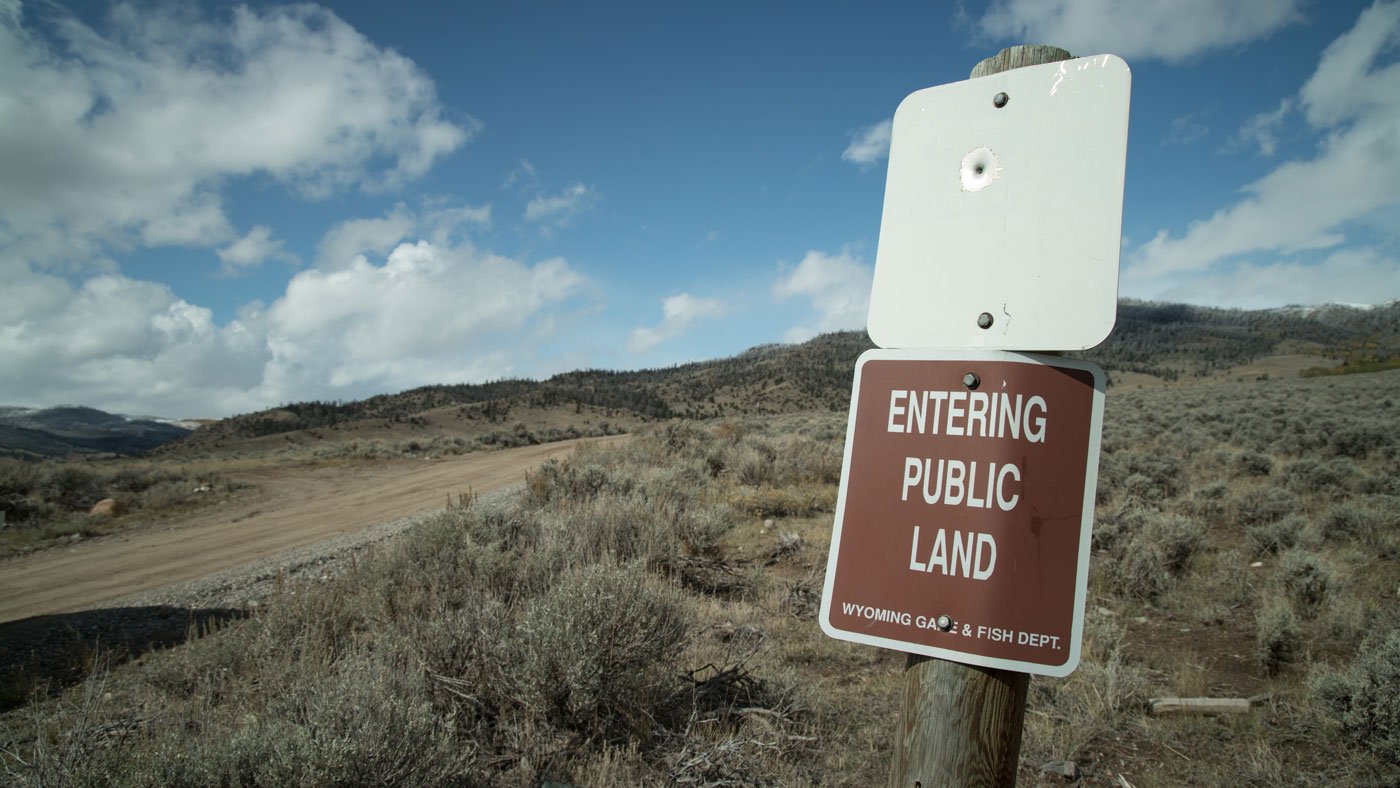
Start with a Target Species
Before you dive into maps and draw odds, start by choosing one species and one state. Don’t try to research every tag in every unit across five states; start focused. First, decide whether you want to chase antelope, mule deer, elk, or something else. Then narrow it down to where you want to hunt them, which may be in Montana, Colorado, or Wyoming.
Each hunter’s goals are different; some people only have their eyes on a trophy animal, while others are just happy to fill a tag. This is something to keep in mind when planning. If you want to chase trophy animals, prepare for a longer commitment.
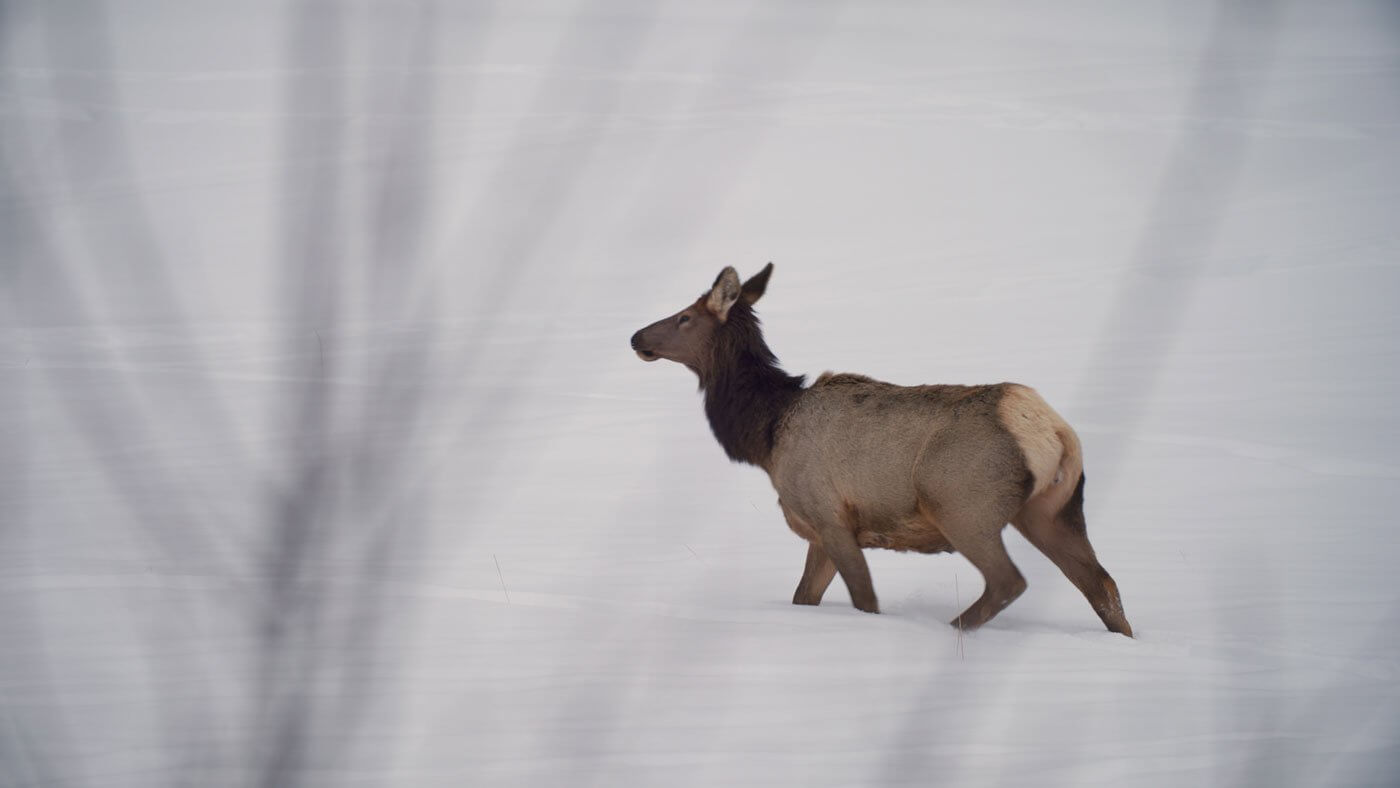
Understand the Preference Point System
One of the biggest hurdles Eastern hunters face is the Western draw system, and it varies by state. Here’s a simplified breakdown:
What are Preference Points?
A preference point is essentially a “credit” you earn each year you apply for a tag and don’t draw. The more points you have, the better your odds of drawing premium tags in the future. All Western states have now adopted online tag purchasing systems. Applying for preference points or putting in for a tag can all be done through the state’s fish and game website. Pay attention to each state’s application deadlines; they range from January to May, depending on species and state.
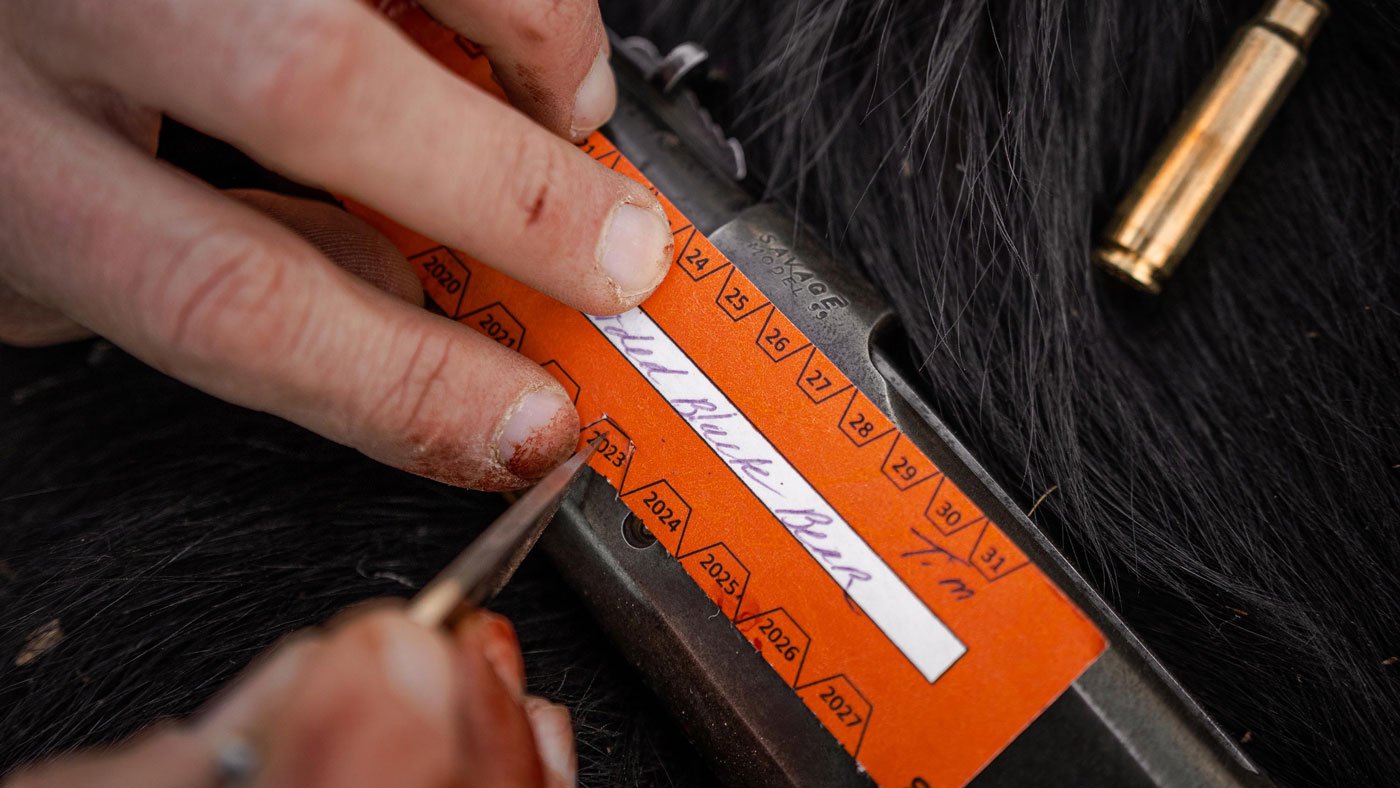
Key State Systems:
- Colorado uses a true preference point system. Hunters with the most points get first dibs until the quota is filled. Some tags in certain units may take 10 or more points, while others are available with just one point.
- Wyoming uses preference points for deer, elk, and antelope. In most cases 75% of tags go to high-point applicants; 25% go to random draw, giving newcomers a chance.
- Montana has a bonus point system, which weighs the draw in your favor but doesn’t guarantee success. It’s more of a lottery, but points improve your odds.
- Utah, Arizona, and Nevada have more complicated systems, and tags can take years to draw, making these states better suited for long-term goals.
DIY vs. Outfitter
Another important decision is whether to go the do-it-yourself route or book with an outfitter. There’s no wrong approach; it depends on your experience level, budget, and goals. Here are some things to consider:
DIY Hunts:
- More affordable and flexible.
- Requires more planning, fitness, and gear.
Outfitted Hunts:
- Higher success rates.
- Logistics like lodging, meals, and access are handled.
Tag Services
Services like GOHUNT and several others can help you navigate draw odds, units, application deadlines, and public land access. These tools can offer:
- Breakdowns by species, unit, and state.
- Filtering tools for terrain, success rates, and access.
- Points tracking across multiple states.
These platforms can be especially helpful for building a long-term hunting strategy. This is something to keep in mind when beginning to apply.
Build a Long-Term Strategy
If you’re serious about hunting in the West regularly, think long-term. Start banking preference points now, even if you don’t plan on hunting in that state for years. Many states let you buy points without applying for a tag. Here’s the strategy:
- Year 1: Hunt an over-the-counter unit in Colorado, build points in Wyoming and Montana.
- Year 2: Apply for an antelope tag in Wyoming and build elk points elsewhere.
- Year 3: Start rotating through states, hunting one, building in others.
This is just an idea of how you could structure a plan, regardless of how you do it; the point is the same. Over time, you’ll start to build a portfolio of opportunities across multiple states.
Gear You’ll Need
Eastern and Western gear overlap in some areas, but here’s a list of things you'll need to get started:
- Savage Rifle: In the caliber of your choice, but you may want something bigger than your usual whitetail rifle. Modern cartridges like 6.5 PRC and 7mm PRC have taken the western hunting world by storm. You can also go with some tried and true classics, like 7mm Rem Mag or 280 Ackley Improved.
- Quality Optics: Good binoculars and a reliable riflescope are must-haves for western hunting.
- Mapping App: Apps like onX Hunt or HuntStand are useful to navigate public land boundaries.
- Lightweight Pack: Especially if you’re hiking deep into the backcountry.
- Boots: You’ll need a quality pair of boots for the trip. Make sure to break them in beforehand.
- Layered Clothing: Western hunts involve many different weather conditions, so be prepared for anything.
Don’t overpack but do prepare for conditions from 80 degrees and sunny to sudden October snowstorms.
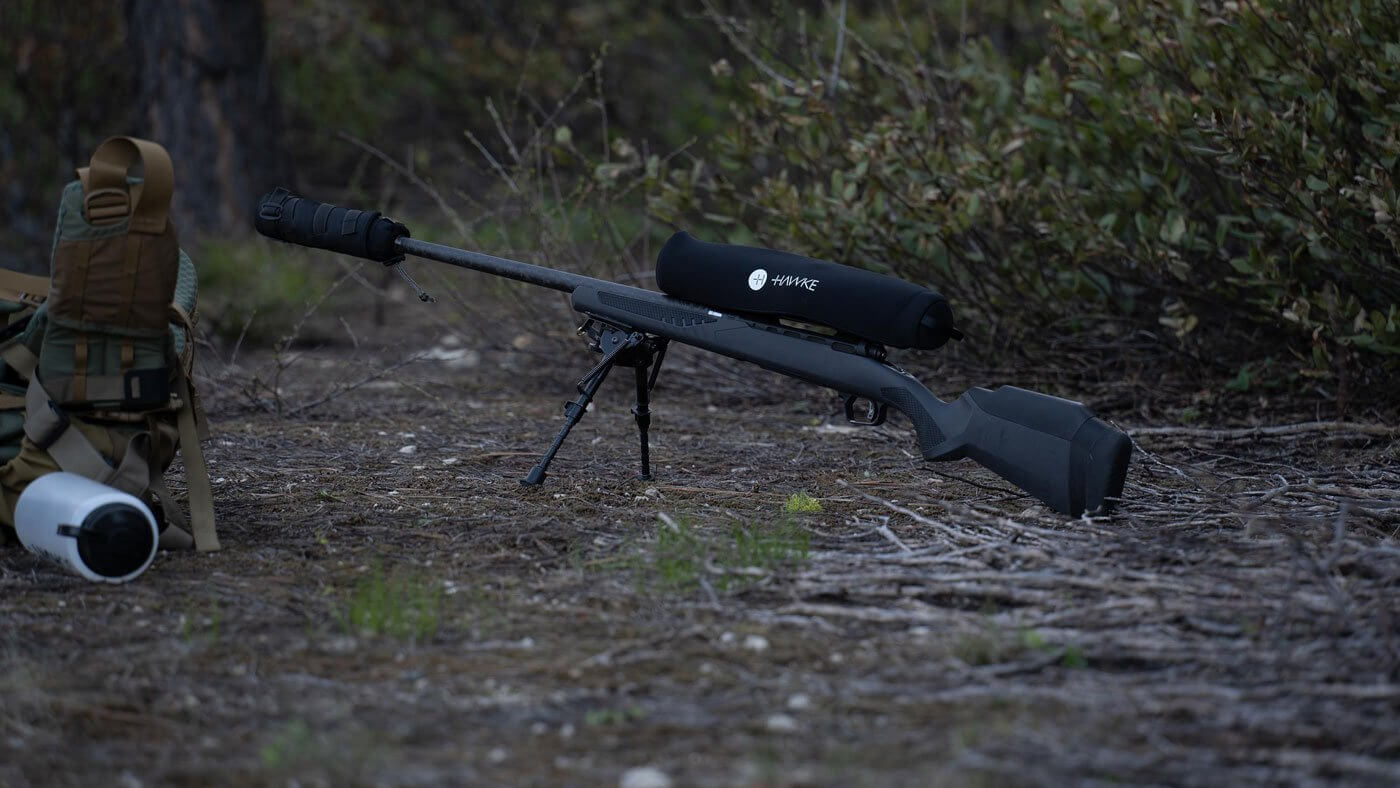
Physical Prep Matters
Western hunts are physically demanding. Elevation, long stalks, and rugged terrain aren’t something you can fake your way through. If you live in flat country, start walking with a loaded pack months ahead of your hunt. Hit the stair machine or run hills. The better shape you’re in, the more of the West you’ll experience.
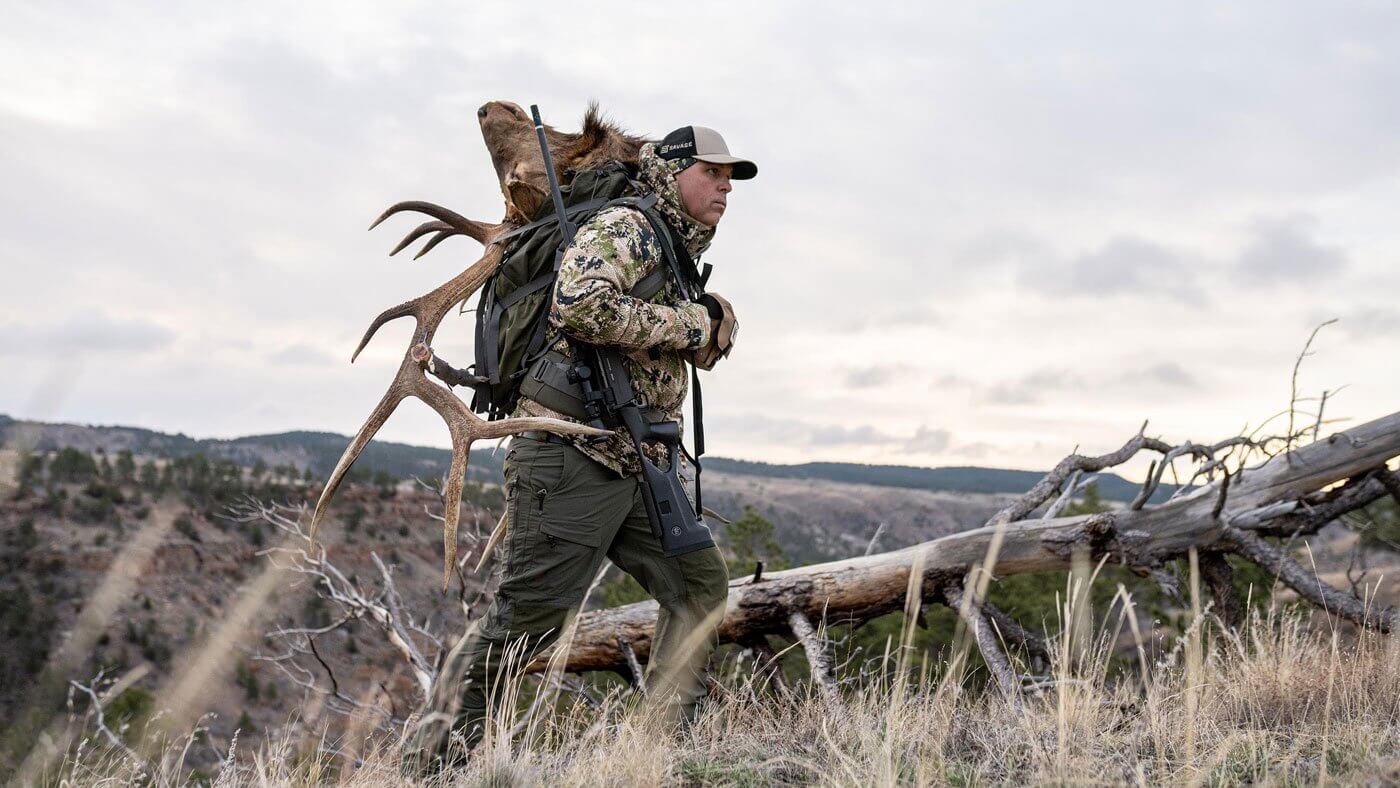
Scouting and E-Scouting
Digital scouting is your best friend when you live a thousand miles away. Apps like onX Hunt let you explore terrain features before you ever leave your driveway.
Focus your scouting on:
- Glassing points
- Access trails
- Public land boundaries
Once on the ground, spend your first day hiking, glassing, and reading sign. Don’t waste time hunting unproductive areas.
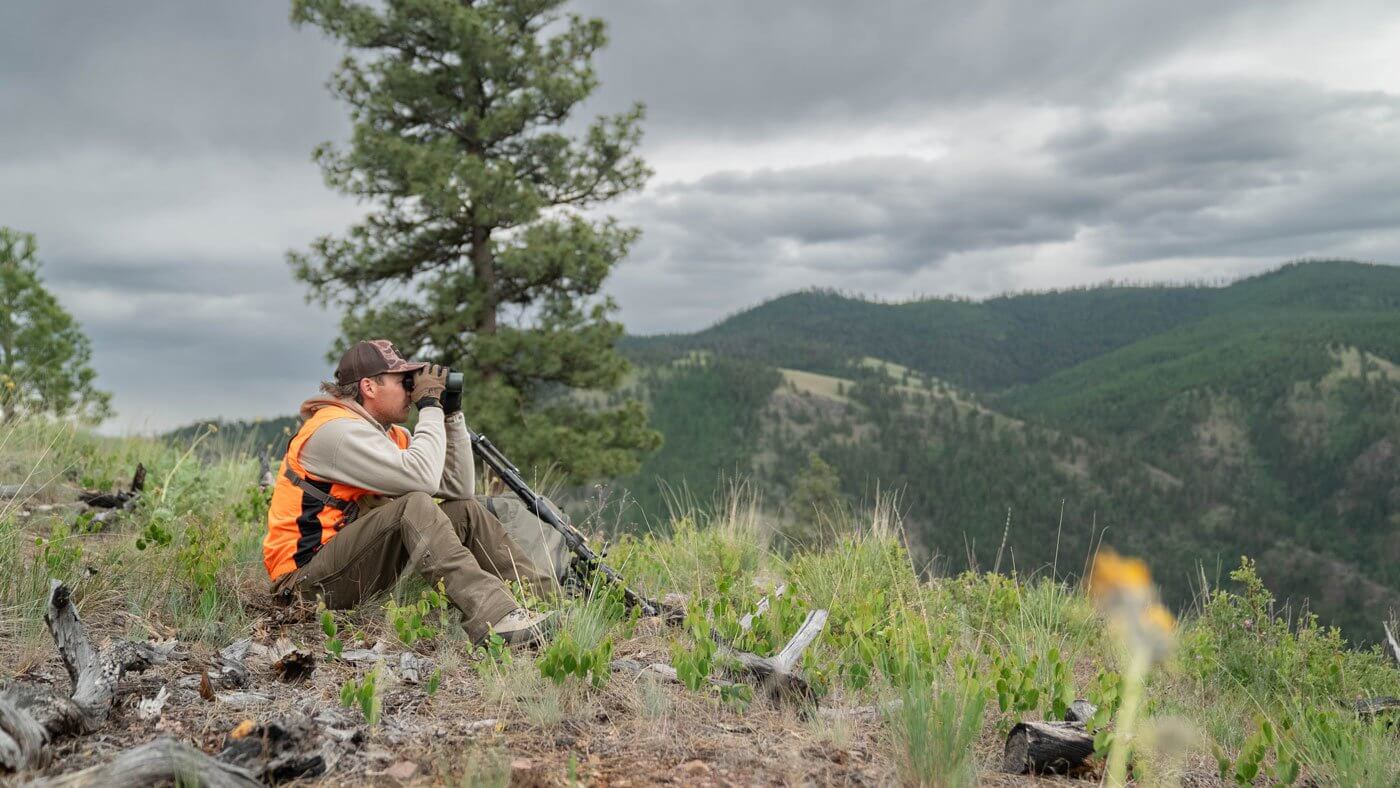
Tags Are Just Part of the Equation
Drawing a tag is exciting, but it’s just the beginning. Your experience hunting the West will test your planning, fitness, glassing, and shooting skills. That’s what makes it so rewarding.
And when the moment comes, the long shot across a basin, or a bull bugling at dawn, your Savage rifle will be ready. The rest is up to you.
Take the First Step
Hunting the West isn’t just for locals or TV hosts. With the right plan and mindset, it’s within reach for any dedicated Eastern hunter. Start small, think long-term, and get your name in the draw. The elk bugles, mule deer stalks, and high-country sunrises are waiting.
Fall success doesn’t start with luck, it starts with effort. Whether you’re punching a first-time mule deer tag or building points for a dream elk hunt, the trip is worth every step.
